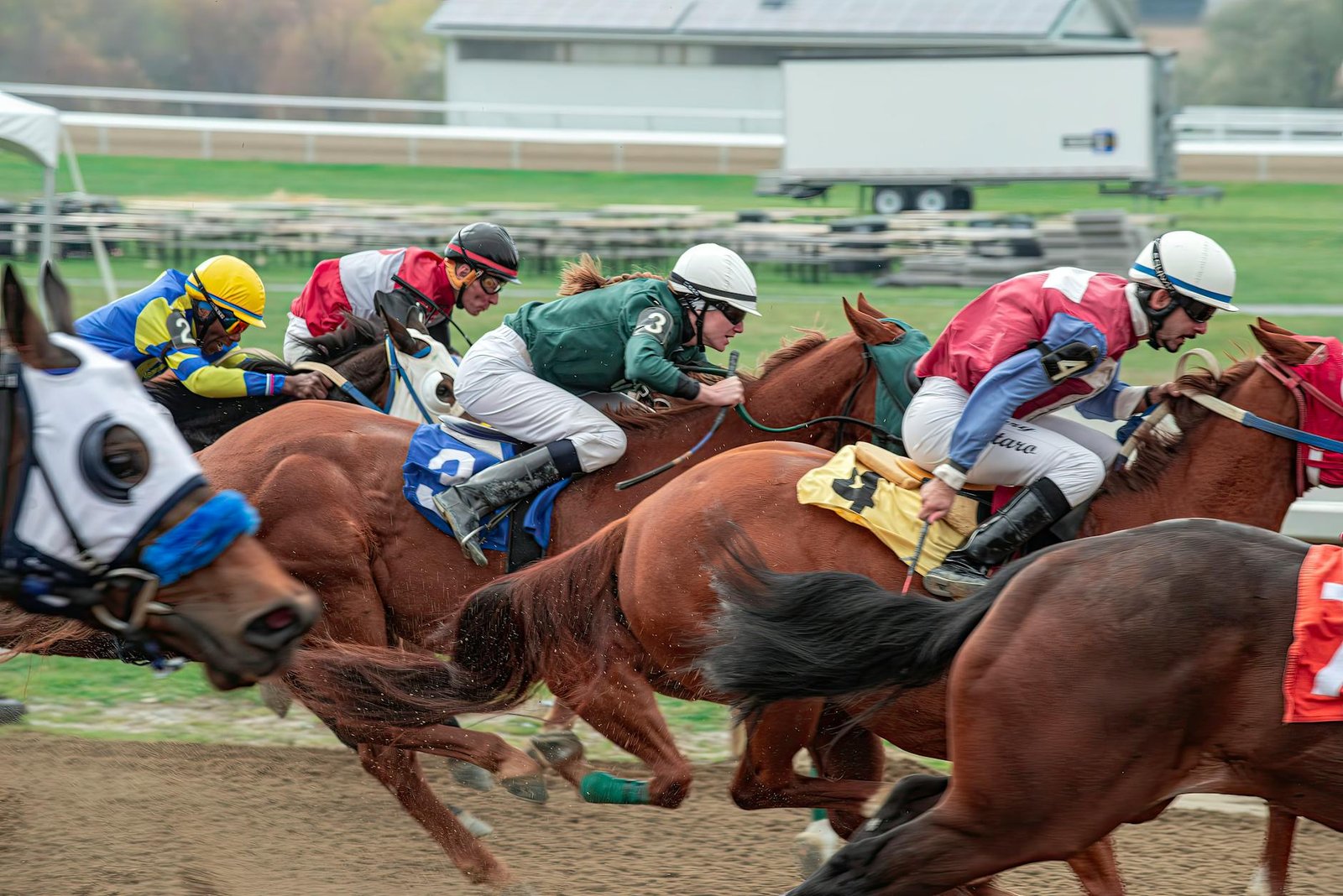Horse racing courses capture the essence of the sport—providing a thrilling blend of speed, tradition, and community. From historic venues steeped in heritage to innovative tracks built for modern audiences, each course offers its own unique charm. Below, we delve into what makes these racing arenas so special and how horseracedatabase.com can enrich your understanding of their history and performance stats.
1. A Glimpse into the World of Horse Racing Courses
Electrifying Atmosphere
The anticipation builds as horses approach the starting gate, poised to dash toward the finish line. This electric energy is found nowhere else. Whether you’re a seasoned fan or a casual observer, the roar of the crowd—cheering jockeys and their steeds—creates an unforgettable experience.
Expert Insight: “Racing courses aren’t just about the track; they’re about bringing people together,” says jockey Sarah Mitchell. “That collective excitement is what makes each race so memorable.”
Amenities and Entertainment
Modern courses cater to diverse tastes:
- Grandstands & Boxes: Providing excellent views and comfortable seating
- Food & Beverage: A variety of stalls for refreshments and local delicacies
- Community Vibe: Enthusiasts, bettors, and newcomers sharing a passion for the sport
2. From Historic Tracks to Thrilling New Venues
Legendary Heritage
Certain tracks carry legendary status among horse racing fans. Iconic locations like Ascot Racecourse in England and Churchill Downs in the United States have witnessed countless historic moments. They symbolize the sport’s rich tradition and often host major events that attract top horses, trainers, and jockeys.
Modern Innovation
On the other hand, state-of-the-art venues like Meydan Racecourse in Dubai illustrate how the sport continues to evolve. With cutting-edge architecture and technological features—like retractable roofs and massive LED screens—these courses offer a fresh twist on classic racing. To compare horse performance across diverse tracks (old and new), many bettors consult horseracedatabase.com for comprehensive data on past races, jockey records, and trainer statistics.
3. Unveiling the Secrets: Turf vs. Dirt
Turf Tracks
Turf (grass) surfaces are often firmer and more forgiving, resulting in smoother runs. Some horses excel on turf, particularly those that thrive on a consistent footing. Turf tracks also reflect seasonal changes in climate, which can impact race outcomes.
Dirt Tracks
Dirt tracks typically consist of clay, sand, and silt mixes, offering a different running feel. Certain horses perform better on dirt, especially those that can handle heavier, less predictable surfaces. Factors like regional weather patterns and race type influence whether a venue adopts turf or dirt.
Pro Tip: By researching a horse’s preferred surface—whether turf or dirt—you can refine your betting strategy. Historical data on horse performances by track type is readily available on horseracedatabase.com.
4. Conclusion
Horse racing courses are more than just sporting venues—they’re immersive experiences that bring fans closer to the speed, excitement, and tradition of the sport. Whether you’re drawn to historic tracks with storied legacies or innovative modern venues, exploring different courses can unlock fresh insights into horse racing’s diverse global landscape. Next time you find yourself near a racecourse, step inside, soak up the thrill, and let the horses guide you toward an unforgettable day at the track.



No responses yet